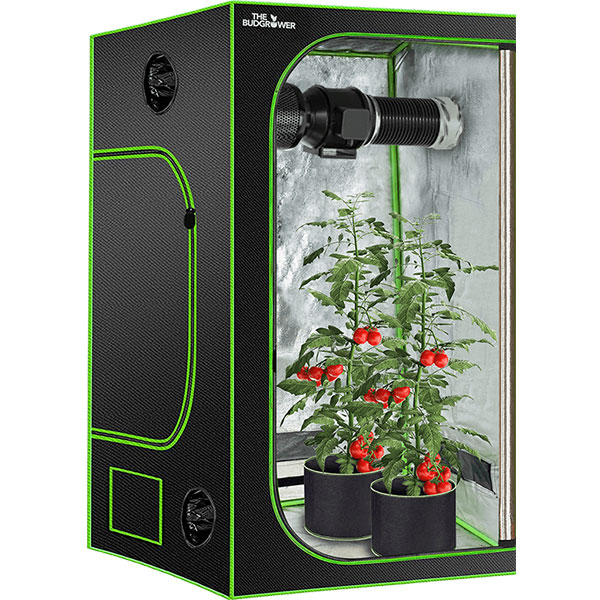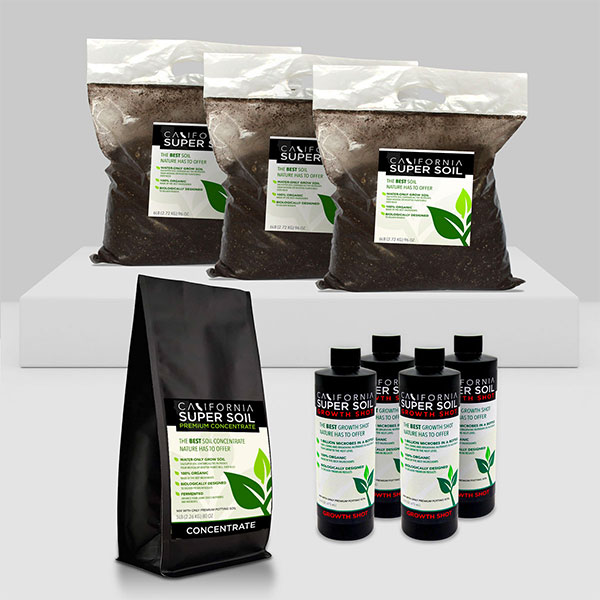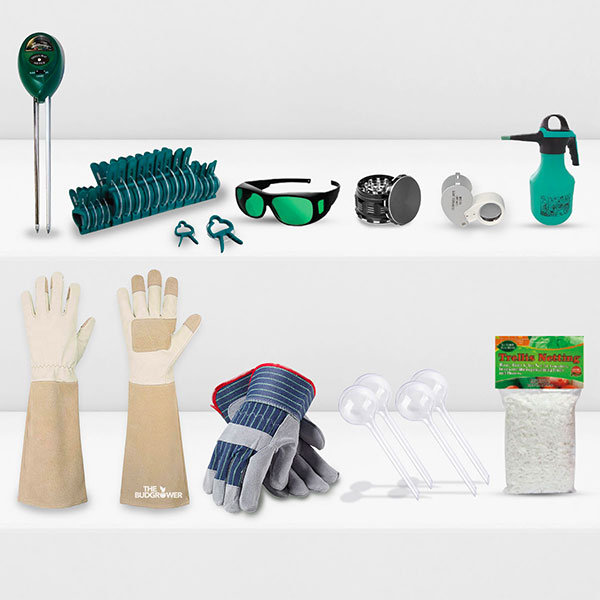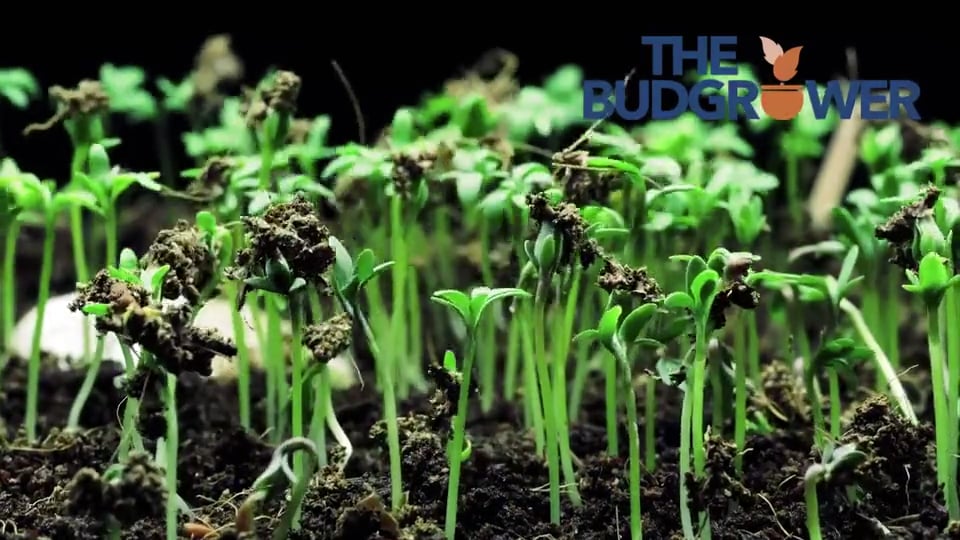Growing product is both an art and a science. Whether you’re a first-time home grower or a seasoned cultivator chasing that perfect harvest, you know that even small missteps can have a major impact on your yield. Getting the most out of your cannabis plants means more than just watering and waiting—it takes knowledge, attention to detail, and an ability to spot trouble before it ruins your crop.
This guide breaks down 20 critical mistakes that can sabotage your cannabis garden, reduce your final yield, and negatively impact the potency and flavor of your buds. Learn how to avoid these pitfalls and set yourself up for a healthy, high-yield cannabis grow.
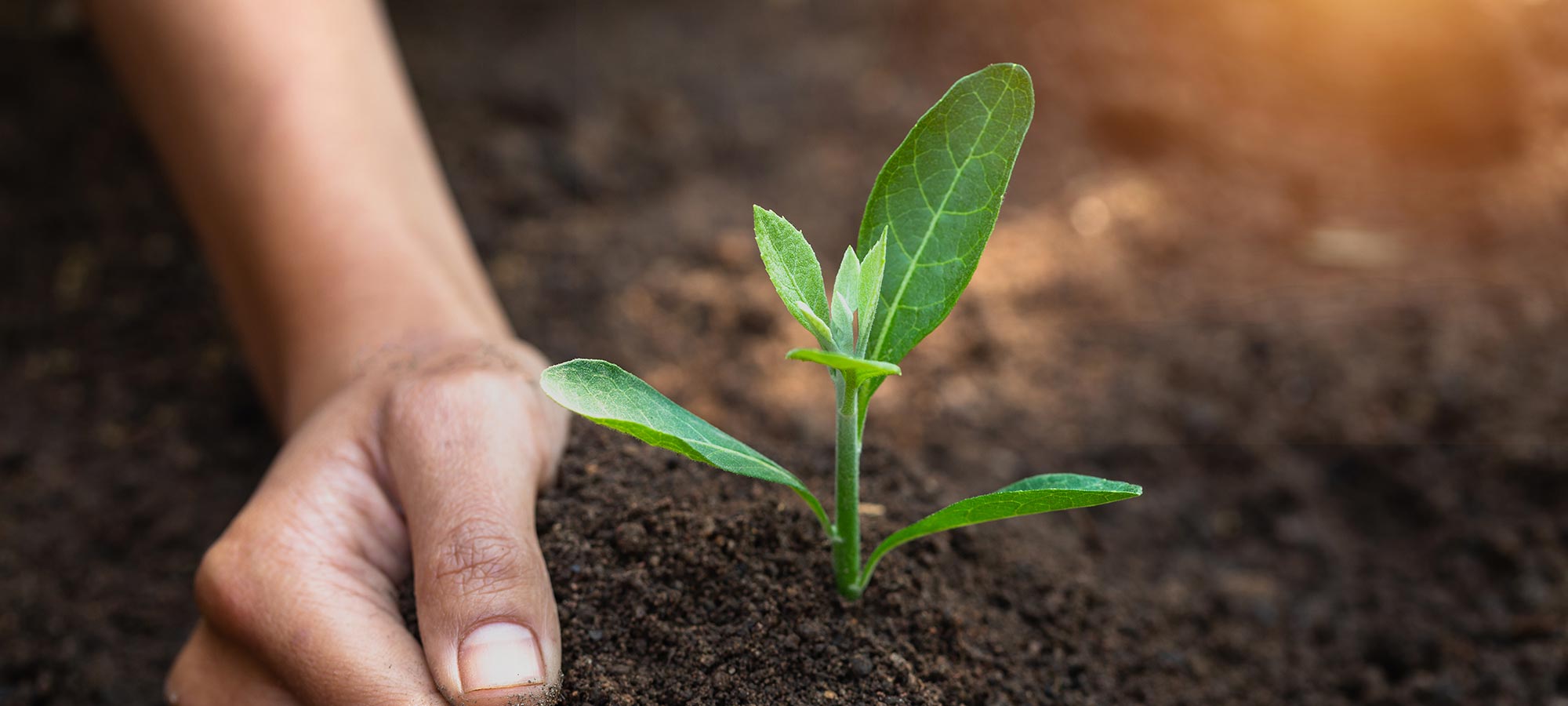
1. Overwatering Your Cannabis Plants
Cannabis roots need oxygen just as much as they need water. Overwatering is one of the most common beginner mistakes and can suffocate roots, cause root rot, and invite harmful fungi. Always check the moisture level of your grow medium and let it dry out slightly between waterings.
Pro tip: Stick your finger an inch into the soil—if it’s dry, it’s time to water.
2. Poor Drainage in Your Grow Medium
Even if you’re watering correctly, your plants can suffer if the grow medium retains too much water. Whether you’re growing cannabis in soil, coco coir, or hydroponics, make sure your containers have sufficient drainage holes. Compacted soil can also be a problem—consider adding perlite for better aeration and root health.
3. Using the Wrong pH Levels
Cannabis plants are picky about pH. In soil, your pH should be between 6.0 and 7.0, while hydroponic systems thrive between 5.5 and 6.5. If your pH is off, your plant can’t absorb essential nutrients—even if they’re present in the medium. Use a digital pH meter and adjust regularly.
4. Not Monitoring EC (Electrical Conductivity)
Especially in hydro and coco setups, not tracking EC can lead to nutrient lockout or toxicity. High EC means there are too many salts; low EC might mean your plants are starving. Maintaining proper EC levels ensures your cannabis roots can absorb everything they need to grow big and strong.
5. Poor Light Placement or Insufficient Lighting
Light is everything in cannabis cultivation. Weak light or improper distance from your canopy will cause stretching, slow growth, and smaller buds. Make sure your plants are getting strong, full-spectrum grow lights, ideally in the PPFD range of 600–1000 µmol/m²/s during flowering.
6. Letting Temperatures Fluctuate Too Much
Cannabis is sensitive to temperature swings. Keep your grow room between 70–85°F (21–29°C) during the day and slightly cooler at night. Too hot, and you’ll stress the plant; too cold, and you slow photosynthesis. Stability is the secret to healthy cannabis development.
7. High Humidity During Late Flowering
Humidity is important, but it changes throughout the grow cycle. During flowering—especially late bloom—high humidity can cause bud rot (Botrytis) and mold. Keep your relative humidity below 50% during the flowering stage.
8. Ignoring Airflow and Ventilation
A stale grow room invites pests, mold, and mildew. Fresh, circulating air strengthens stems and keeps pathogens at bay. Use oscillating fans and an exhaust system to exchange air, control temperature and humidity, and deliver CO₂ evenly across your cannabis canopy.
9. Overfeeding Nutrients (Nutrient Burn)
More nutes don’t mean more buds. Overfeeding causes nutrient burn, visible as crispy, brown leaf tips. Always follow feeding schedules and start with lower concentrations, especially if you’re growing autoflowers, which tend to be more sensitive.
10. Harvesting Too Early (or Too Late)
Knowing when to harvest is as important as knowing how to grow. Pull your plants too early, and you’ll end up with underdeveloped buds low in THC. Wait too long, and trichomes begin to degrade, converting THC into CBN—which delivers more of a sleepy, couch-lock high. Watch your trichomes with a loupe: when they’re mostly milky with a few turning amber, it’s go-time.
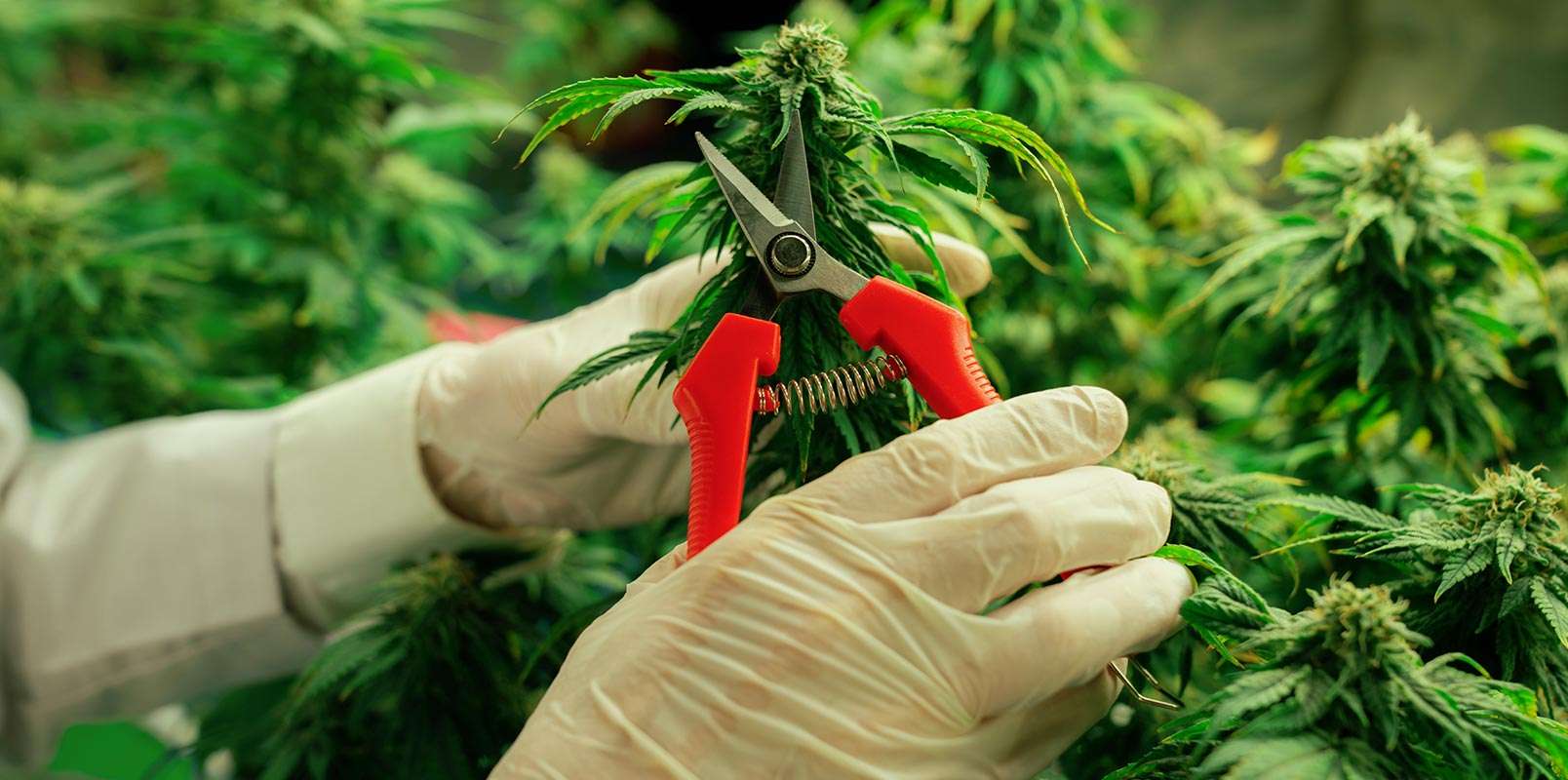
11. Not Flushing Your Plants Before Harvest
Flushing cannabis plants the last 10–14 days before harvest removes excess nutrients and salts, improving the smoothness, flavor, and overall smoke quality. Skipping this step can leave your buds tasting harsh or chemically. Stick to pH-balanced water during flush and let the plant naturally use up remaining nutrients.
12. Ignoring the Drying and Curing Process
Don’t ruin months of work with a bad dry or cure. Drying too fast or curing improperly can lead to harsh, grassy-tasting buds and even mold. Ideal drying happens in a cool, dark room at ~60% humidity. Afterward, cure your buds in airtight jars, burping daily for the first week to perfect flavor and potency.
13. Cloning Unhealthy Mother Plants
Clones only carry the potential of the plant they came from. Taking cuttings from a stressed or diseased mother can carry issues straight into the next generation. Always choose a healthy, vigorous plant with strong genetics for cloning to ensure high-yield cannabis production.
14. Over-Pruning or Defoliating Too Late in Flower
Strategic pruning during veg and early flower can boost light penetration and airflow, but too much trimming late in flower stresses the plant and may stunt bud development. Avoid removing healthy leaves after week three of flowering unless absolutely necessary.
15. Neglecting Proper CO₂ Levels in Sealed Rooms
For high-performance indoor growers, especially in sealed rooms (no passive air intake), CO₂ enrichment can supercharge photosynthesis and yields. But if you’re not supplementing CO₂ and you’ve sealed your environment too tightly, your plants can suffer. CO₂ levels around 1000–1200 ppm during bloom can increase yield by 20–30%.
16. Using Outdated or Weak Grow Lights
If you’re using old-school CFLs or low-output LEDs, you’re capping your potential yield. Today’s full-spectrum LED grow lights and high-pressure sodium (HPS) setups deliver better intensity and efficiency. Don’t cheap out on lighting—buds are only as big as your photons.
17. Skipping Preventative IPM (Integrated Pest Management)
Waiting until you see pests is waiting too long. Regular foliar sprays with neem oil, insecticidal soaps, or even just essential oils can keep common cannabis pests like spider mites, thrips, and whiteflies at bay. An ounce of prevention goes a long way in cannabis cultivation.
18. Crowding Plants Without Sufficient Training
Untrained cannabis plants growing side-by-side will compete for light and airflow. This causes weak, shaded bud sites and invites mold. Techniques like SCROG (Screen of Green) or LST (Low Stress Training) help shape a flat canopy, maximize light exposure, and optimize yield per square foot.
19. Failing to Calibrate Your pH and EC Meters
Even if you’re testing your water or nutrient solution, a poorly calibrated meter can lead you astray. pH pens and EC meters drift over time. Make it a habit to calibrate with standard solutions every few weeks to maintain accuracy in your cannabis grow.
20. Using Tap Water Without Knowing What’s In It
City tap water often contains chlorine, chloramine, and other minerals that can disrupt microbial life in your soil or cause lockouts. If you’re not using a carbon filter or RO (reverse osmosis) system, get your water tested or at least let it sit 24 hours to off-gas chlorine.
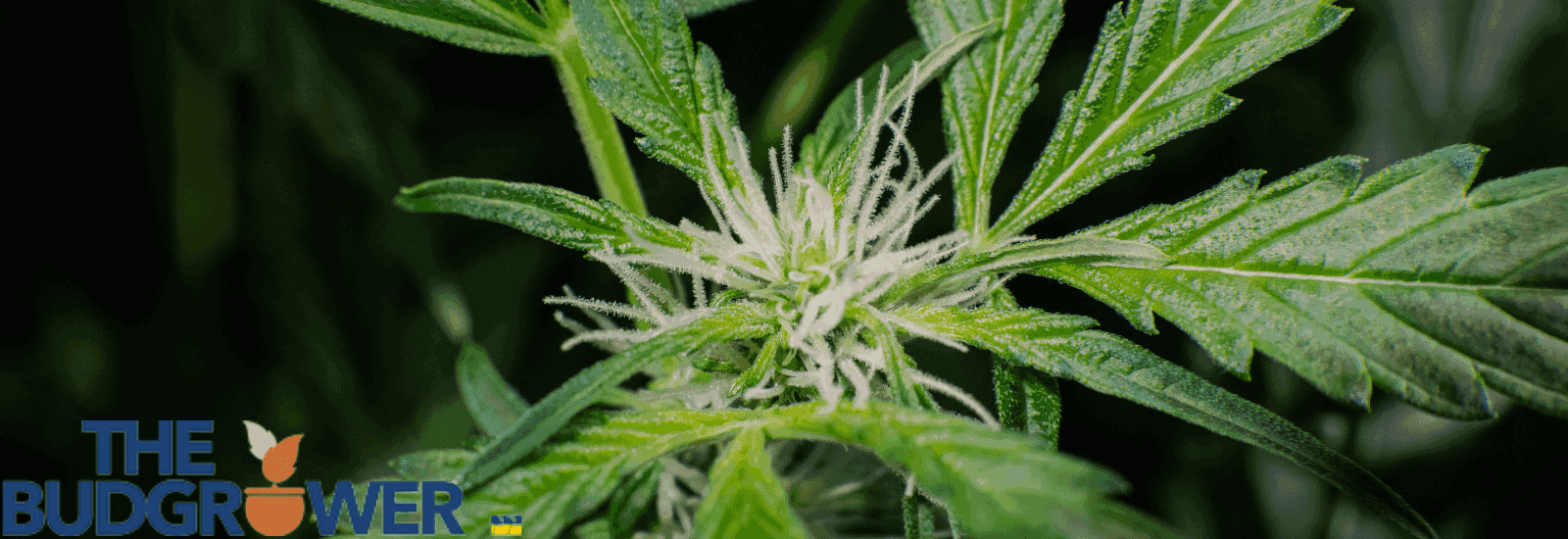
21. Relying on One Strain Without Backup Genetics
Some cannabis strains are finicky, while others are bulletproof. Relying on a single pack of seeds or one cloned cultivar can spell disaster if that strain turns out unstable, low-yielding, or pest-prone. Always grow a few backup strains to compare results and hedge your harvest.
22. Growing Autoflowers Without Understanding Their Timing
Autoflowers are great for quick grows but leave no margin for error. They start flowering on a timer, regardless of their size or health. That means any early stunting from overwatering, transplant stress, or poor nutrition directly cuts into your final yield. If you’re new, learn photoperiods first.
23. Ignoring Soil Biology and Microbial Life
If you’re growing organic cannabis, don’t forget to feed the soil, not just the plant. Beneficial microbes and mycorrhizal fungi help break down nutrients and support strong root systems. Use compost teas, worm castings, and avoid synthetic salts that can kill your living soil.
24. Letting Light Leaks Stress Photoperiod Plants
During the 12/12 light schedule of flowering, even small leaks can confuse your plants and cause them to herm (grow male pollen sacs). Check your grow room during lights-off—if you can see your hand, you’ve got a leak. Tape, seal, or blackout the area as needed.
25. Not Accounting for Vertical Stretch in Flower
Many cannabis strains will double—or even triple—in size during early bloom. If you didn’t plan for vertical growth, you might end up with scorched colas pressed against your lights. Plan your canopy height and training accordingly to prevent heat stress and light burn.
26. Feeding Too Many Bottled Additives
There’s a whole shelf of bloom boosters, root enhancers, and enzyme formulas out there. But overcomplicating your feed schedule often leads to toxicity or imbalance. Stick with a solid base nutrient system, then gradually add in tested cannabis additives as your plants demand.
27. Stressing Plants During Flowering Stage
The flowering stage is when your cannabis plants are most vulnerable. High-stress training, transplanting, light changes, or inconsistent watering during bloom can slow development or trigger hermaphroditism. Keep your environment stable and stress-free once flowering begins.
28. Overlooking Genetic Variation in Seeds
Even feminized seeds can produce phenotypes with different traits—some more vigorous, others less so. If you’re popping seeds, expect variation. Track which phenos perform best, clone the winners, and cull the underperformers to dial in your best genetics.
29. Poorly Timed Topping or FIM’ing
Topping can dramatically increase bud sites, but doing it too late (or too often) can stress the plant and reduce yield. Make your cuts early in veg and allow at least a week of recovery before switching to bloom. For autos, avoid topping unless you’re experienced.
30. Chasing Fads Without Mastering the Basics
Every year, new grow techniques, products, and shortcuts pop up—living soil, KNF, aquaponics, LEDs with AI timers. But no trendy hack will save a grower who doesn’t understand the fundamentals of plant health, nutrient balance, and environmental control. Master the basics first. Everything else is just fine-tuning.

